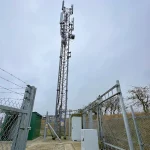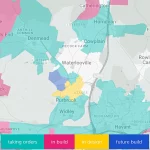Sponsored Links
UK ISPs Call for More Transparency from BT Superfast FTTC Broadband Rollout
Posted: 05th Jun, 2011 By: MarkJ
 A group of reputable UK internet providers has called upon BT to offer greater clarity and information alongside its £2.5bn rollout of superfast 'up to' 40Mbps FTTC broadband ISP technology, which is expected to reach 66% of UK homes in 2015. At present consumers still have difficulty knowing whether or not they can receive the service - even after their telephone exchange has been "upgraded".
A group of reputable UK internet providers has called upon BT to offer greater clarity and information alongside its £2.5bn rollout of superfast 'up to' 40Mbps FTTC broadband ISP technology, which is expected to reach 66% of UK homes in 2015. At present consumers still have difficulty knowing whether or not they can receive the service - even after their telephone exchange has been "upgraded".The situation came to light earlier this year after it was alleged that up to 60% of street cabinets were being been left off of BT's rollout map (here), at least in some areas. BT promptly clarified that this situation only affects a "handful of exchanges" and "in many of these cases this equates to actual coverage of up to 70 per cent of homes and businesses in an exchange area".
Part of the problem stems from the fact that BT doesn't provide any indication of how long it will take to deploy the service into local Street Cabinets or which cabinets will be excluded from the rollout. These issues appear to be a source of confusion for some who understandably expect to get FTTC, much like in the old days of ADSL broadband, just as soon as their exchange has been upgraded.
A Zen Internet Spokesperson told ISPreview.co.uk:
"In the wider market there has been misunderstanding about what an enabled exchange means and when it will be delivered. We believe that offering an estimated percentage of coverage within an exchange area and supplying both a start date and approximate end date for an exchange would be significant steps forward."
"In the wider market there has been misunderstanding about what an enabled exchange means and when it will be delivered. We believe that offering an estimated percentage of coverage within an exchange area and supplying both a start date and approximate end date for an exchange would be significant steps forward."
An Entanet Spokeswoman added:
"Given the number of cabinets per exchange, it would be impossible for BT to roll out to all the cabinets before declaring an exchange open and ready for business. Personally I think the work needs to happen in two different areas.
Firstly BT should have a 'partially enabled' status for the exchange to help define where less than 100% coverage is available. Secondly, education is necessary to help end users understand that it's availability at cabinet level that they need to look out for."
"Given the number of cabinets per exchange, it would be impossible for BT to roll out to all the cabinets before declaring an exchange open and ready for business. Personally I think the work needs to happen in two different areas.
Firstly BT should have a 'partially enabled' status for the exchange to help define where less than 100% coverage is available. Secondly, education is necessary to help end users understand that it's availability at cabinet level that they need to look out for."
The recommendations surfaced as part of our new 'The First Year of Fttc Broadband' article, which looks back over the tech's first year of service, examines its early teething problems, real-world consumer performance and looks forward to what kind of improvements customers can expect in the future (e.g. faster speeds and the possibility of an engineer-free wires-only installation).
Several ISPs, including Zen Internet , AAISP , Entanet and IDNet have included their experiences. The article also reveals that many internet users may own broadband routers that simply cannot cope with the new service.
The First Year of Fttc Broadband
http://ispreview.co.uk/articles/11_First_Year_of_Superfast_FTTC_Broadband/
Search ISP News
Search ISP Listings
Search ISP Reviews
Latest UK ISP News

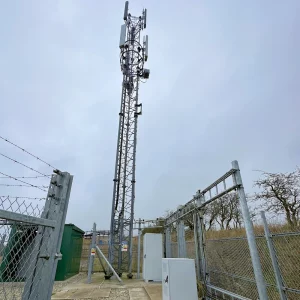


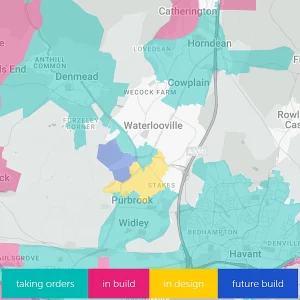

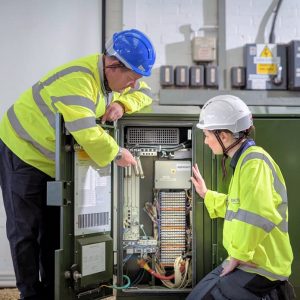

Cheap BIG ISPs for 100Mbps+
150,000+ Customers | View More ISPs
Cheapest ISPs for 100Mbps+
Modest Availability | View More ISPs
Latest UK ISP News
Helpful ISP Guides and Tips
Sponsored Links
The Top 15 Category Tags
- FTTP (6798)
- BT (3881)
- Politics (3074)
- Business (2766)
- Openreach (2663)
- Building Digital UK (2512)
- Mobile Broadband (2475)
- FTTC (2142)
- Statistics (2127)
- 4G (2092)
- Virgin Media (2024)
- Ofcom Regulation (1779)
- 5G (1732)
- Fibre Optic (1604)
- Wireless Internet (1595)
Sponsored
Copyright © 1999 to Present - ISPreview.co.uk - All Rights Reserved - Terms , Privacy and Cookie Policy , Links , Website Rules









